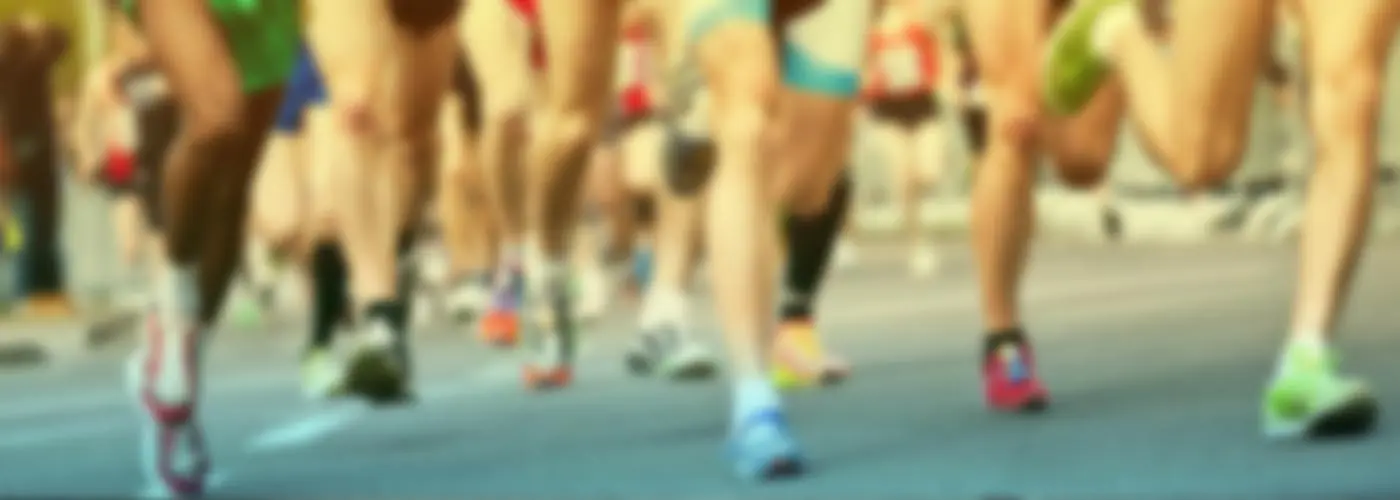Most runners are less efficient than they could be because when their feet make contact with the ground, there is a momentary (fraction of a second) pause, which slows them down. The causes of this pause:
- A lack of necessary core stability and/or hip stability or strength.
- A lack of coordination and nervous system "reactivity", i.e., a lack of the necessary nervous system attenuation that turns strength into power and speed
More: How to Build Core Strength and Endurance
To summarize, if any of us have any chance to be as efficient and economical as possible when we run, our nervous system has to be highly reactive—our running motion and gait cycle needs to be as coordinated as possible—so that the muscle action that inhibits forward motion during running can be reduced from the moment of impact. Similarly, the muscle action that boosts forward propulsion can be maximized with no loss in momentum.
To put it more plainly, we need to both be stable and balanced so there is minimal energy leakage when our feet hit the ground. We also need to train our nervous systems to communicate and coordinate the action at footstrike so that there is no loss of forward momentum and no pause in the forward motion. We need to be great inverted pendulums.
More: Strength Train to Improve Running Economy
How to Practice Being an Inverted Pendulum
First, we need to get balanced and strong. Then, we need to train our nervous systems with the right kinds of sessions, which focus on neuromuscular coordination, to apply our improved balance and strength to a more efficient running motion.
More: 4 Strength-Training Exercises That Make You Faster
For example, try some one-leg hopping drills followed by 30-second strides and even faster bursts of 10 to 30 seconds at faster-than-one-mile race pace. These might progress to repetitions of 1.5 to 2 minutes at your velocity at VO2 max (vVO2 max is roughly equal to one-mile race pace). All of these could be done within the body of an aerobic run, and would include rest intervals of very easy running up to twice as long as the duration of the repetition itself to allow for maximum recovery. This ensures each rep is extremely high quality.
In essence, we get faster when we spend less time on the ground and less energy re-starting our forward momentum. We also continue to develop that force production ability because of our continued commitment to getting stronger (remember the bouncy ball?), which results in greater stride length and more speed for less energy expended. All in all, a pretty cool lesson from the women of the Kikuyu, wouldn't you say?
More: How to Improve Your Foot Speed
 Sign up for your next race.
Sign up for your next race.
- 3
- of
- 3
About the Author

Get ACTIVE on the Go


Couch to 5K®
The best way to get new runners off the couch and across the finish line of their first 5K.
Available for iOS | Android






Discuss This Article